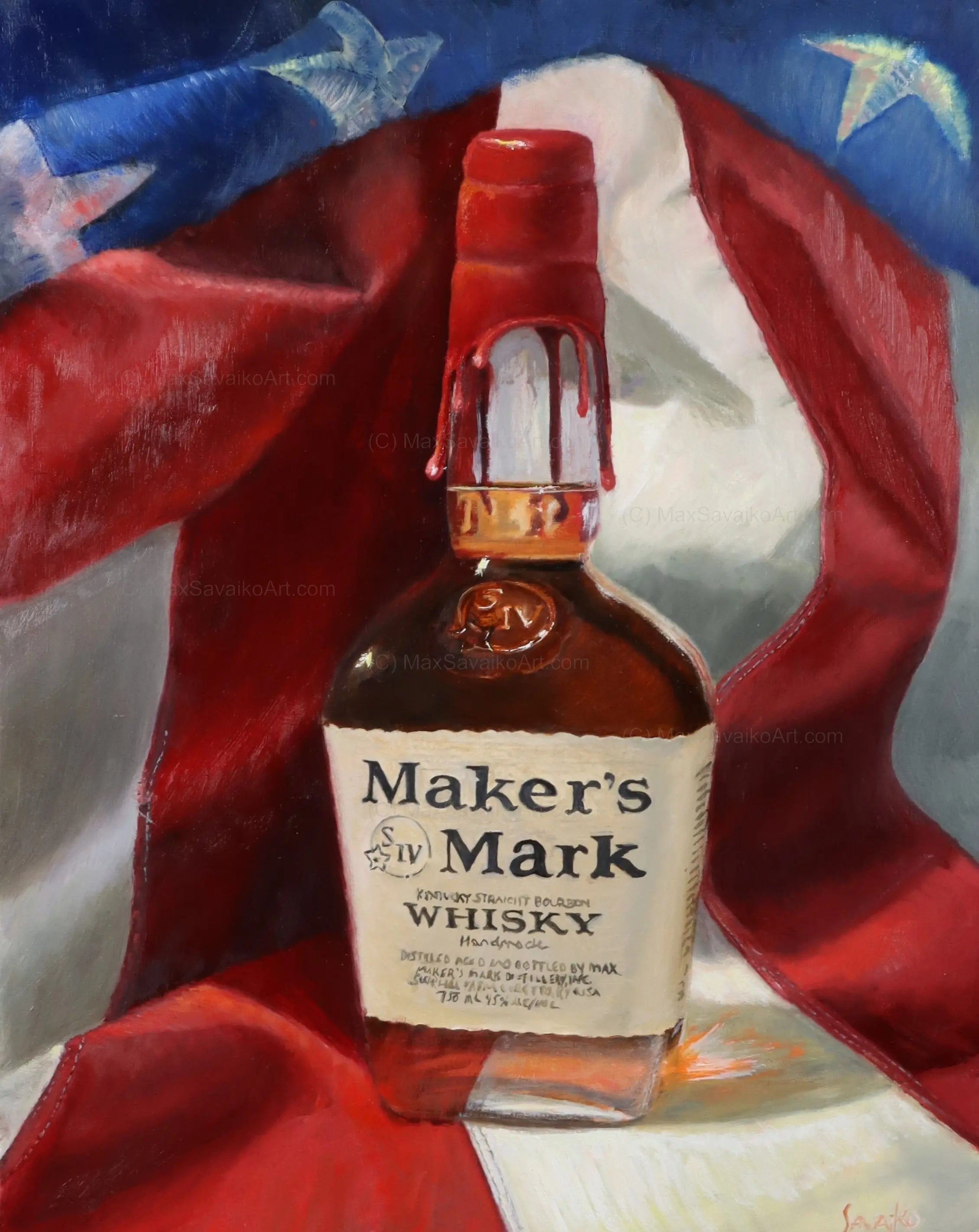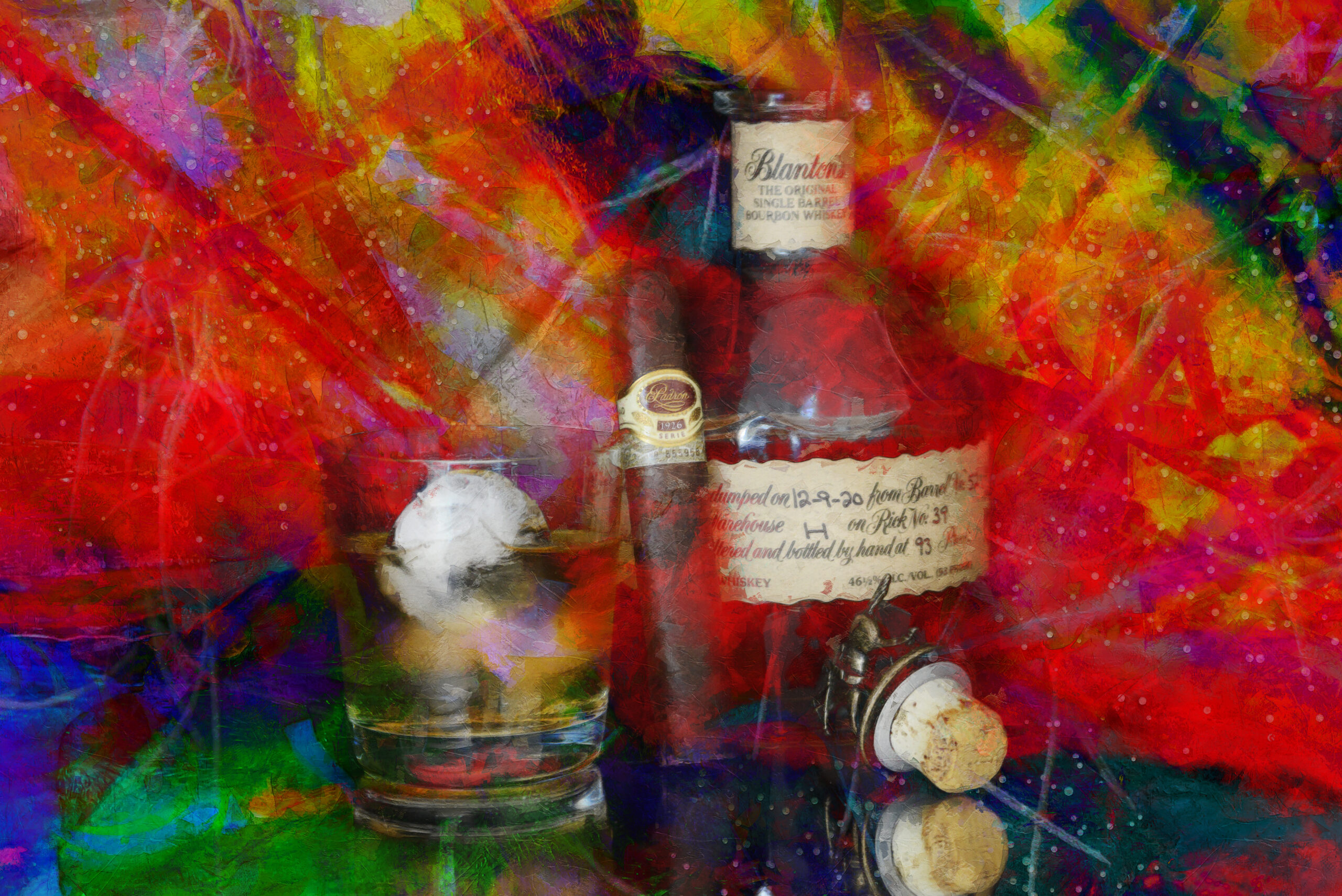The Attraction of Realism Art: A Deep Study Whiskey's Rich Heritage
The Attraction of Realism Art: A Deep Study Whiskey's Rich Heritage
Blog Article
The Significance of Whiskey Art in Celebrating Heritage and Workmanship in the Beverage Sector
The detailed partnership in between bourbon art and the party of heritage and workmanship within the drink market can not be overstated. Through thoughtfully designed labels and containers, scotch brands encapsulate their historic origins and the artisanal abilities that define their production methods. This artistic measurement not just improves market appeal but additionally functions as a channel for cultural storytelling, cultivating a much deeper connection between the craft and the customer. As we check out the various facets of this topic, fascinating inquiries regarding the impact of modern fads on standard practices arise, motivating additional examination.
The Historical Origins of Whiskey
At the heart of bourbon's appeal exists a rich tapestry of historic roots that map back to ancient human beings. The origins of bourbon can be linked to the purification practices of the Sumerians and Babylonians around 2000 BCE, where very early kinds of fermented grain beverages started to emerge. It was in the Middle Ages that the art of purification evolved considerably, specifically in Ireland and Scotland, leading to the creation of scotch as we recognize it today.
The term "whiskey" itself originates from the Gaelic word "uisce beatha," suggesting "water of life." This expression underscores the cultural significance of whiskey in Celtic societies, where it was usually related to rituals, events, and public bonding. By the 15th century, purification became an acknowledged craft within reclusive areas, leading the way for the establishment of legal distilleries.
As trade paths increased, bourbon's appeal expanded, transcending regional boundaries and catching the rate of interest of lovers worldwide. Realism Art. This historic trip mirrors not just the workmanship behind bourbon manufacturing yet also its indispensable function in social and social contexts, noting it as a considerable drink throughout background
Artistic Expression in Branding
Scotch branding stands as an engaging crossway of creativity and commerce, where visual identity plays an important function fit consumer perception. The looks of scotch labels, packaging, and advertising materials reflect not just the brand name's story however also its core values and heritage. Via imaginative expression, distilleries communicate a narrative that resonates with customers, stimulating emotions and sparking connections.
The use of shade, typography, and imagery in branding offers to set apart products in a saturated market. Conventional concepts may stimulate a sense of credibility and craftsmanship, while modern-day designs can indicate development and forward-thinking. This strategic creative instructions improves brand name recognition and commitment, allowing consumers to build a personal partnership with the whiskey they select.
Moreover, creative expression in branding usually functions as a party of regional heritage. Distilleries often include local signs or historic references into their layouts, creating a sense of area that welcomes consumers to engage in a more comprehensive cultural experience. Eventually, the virtuosity behind whiskey branding not only improves aesthetic appeal however additionally enriches the overall narrative of the brand name, cultivating a deeper gratitude for the craftsmanship and heritage ingrained in each container.
Workmanship in Bottle Design
The creativity obvious in bourbon branding expands past visual identity to encompass the craftsmanship included in container layout. Each container offers as a vessel not simply for the spirit within, but also for the story Resources it outlines its origin, quality, and tradition. The layout procedure calls for thorough focus to information, as components such as product, closure, and form add substantially to the general assumption of the scotch.
Craftsmanship in container design involves choosing top quality glass that can enhance the bourbon's color and clearness, while also providing a responsive experience for the customer. The silhouette of the bottle must be both useful and cosmetically attractive, commonly showing the heritage of the brand. Several distilleries choose distinct shapes or printed logos that stimulate a feeling of authenticity and background.
Additionally, the label layout and typography play a vital role in connecting the brand's narrative. Limited Edition. A well-crafted bottle not only astounds the consumer's eye yet likewise reinforces the brand name's commitment to top quality and tradition. In this click for more info means, the craftsmanship of container style becomes a crucial aspect of the scotch experience, merging creativity with an extensive respect for heritage
Social Importance of Bourbon Art
Celebrating practice and craftsmanship, the cultural value of scotch art goes beyond mere appearances, intertwining with the historic and social narratives of the areas where it originates. Each container works as a canvas, portraying the one-of-a-kind stories, folklore, and practices that have actually shaped regional whiskey-making techniques. The intricate styles often reflect the heritage of the distillers, integrating icons and motifs that resonate view publisher site with the society and worths of their areas.

On top of that, scotch art plays a vital function in communal events and celebrations, working as a substantial link in between people and their shared experiences. By valuing the virtuosity in scotch packaging, customers cultivate a much deeper understanding and regard for the craft, ultimately improving their enjoyment of the beverage itself.
Modern Trends in Bourbon Presentation
In recent times, the discussion of whiskey has advanced to reflect contemporary preferences and fads while still recognizing conventional workmanship - Bourbon Art. Distilleries are progressively concentrating on visual elements that improve the general alcohol consumption experience, bridging the space in between heritage and modernity
Cutting-edge container designs have emerged, usually incorporating sustainable materials and creative labels that tell compelling stories. Several brands now work together with neighborhood musicians, instilling their products with distinct visual expressions that resonate with consumers. Furthermore, limited-edition launches are usually packaged in collectible containers, adding worth and appeal for connoisseurs.

Verdict
In final thought, scotch art serves as an important channel for revealing the heritage and craftsmanship fundamental in the beverage industry. Through intricate branding, innovative bottle designs, and culturally significant artistic elements, bourbon brand names successfully recognize their customs and connect with consumers.

Workmanship in container style involves selecting high-quality glass that can boost the bourbon's color and clarity, while additionally giving a responsive experience for the consumer. In this way, the workmanship of bottle design comes to be a crucial element of the whiskey experience, combining creativity with a profound regard for heritage.
In verdict, scotch art offers as a crucial channel for expressing the heritage and craftsmanship integral in the beverage industry.
Report this page